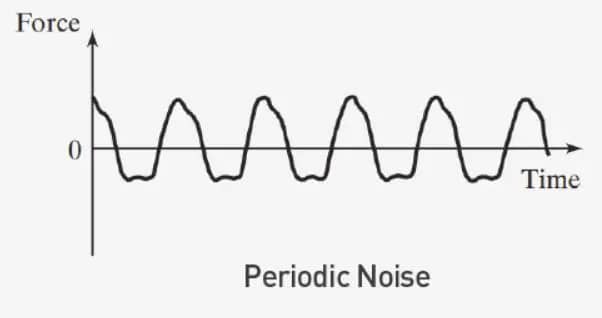Importance of Vibration Isolation System
Published 15/05/2024
Important of Vibration Isolation
With the increasing demand in the area of Quantum Silicon Photonics research whereby chip devices resolution are getting smaller and into the range of nano-meters, a good vibration isolation systems play a significant roles in these ultra-precision instrumentation alignment, measurements, and manufacturing.
What is Vibration?
A Mechanical movement around an equilibrium point.
A phenomenon where a dynamic external force is applied onto structures or floors, causing the oscillation motion that repeats itself after an interval of time.
Low frequency vibration is not perceptible during daily activities but adversely affect vibration-sensitive metrology tools in the fields of semiconductor, display, electron microscopy, life sciences and photonics.
Classification of Vibration
Periodic noise is defined as the known magnitude of the excitation acting on a vibratory system at any given time. It is generally caused by rotating machinery.

Random noise is caused by unpredictable excitation such as wind velocity, road roughness, foot and vehicular traffic, and ground motion during various activities.


Sources of Vibration
-Ground Vibration: All the factors that cause vibrations on a floor include foot and vehicular traffic, wind blowing buildings and HVAC systems.
-Acoustic Noise: Air currents caused by the HVAC ventilation.
-Direct force applied to a payload installed on a vibration isolation platform:
including cables connecting instruments and motorized linear stages.
Vibration Isolation
Defined as the process to isolate an object from sources of vibration.
The theory of vibration isolation is to make the natural frequency of the system lower than the forced frequency and suppress the resonance at the natural frequency of the system.
As technology advances, the vibration isolation technique is essentially required to isolate vibration sensitive metrology instruments from vibrations.
Natural Frequency
Frequency at which the system resonates or oscillates when the system is not disturbed by an external force.
A higher stiffness and a lower mass indicates the high natural frequency and a lower stiffness and a higher mass indicates the low natural frequency.
Forced Frequency
An object is subjected to an external force, resulting vibrations and the frequency of that external force is known as forced frequency.
When the forced frequency coincides with the natural frequency of the vibration isolation system, the amplitudes of vibration peaks which is known as resonance.
Resonance
Occurs if a forced frequency coincides with a natural frequency of the system, resulting large oscillations.
Frequency at which the response amplitude is a relative maximum is known as resonant frequency.
For more detail information, please click on the link below:-
(https://www.daeilsys.com/support/technical-notes/fundamentals-of-vibration/)
Types of Vibration Isolation System
-Passive Vibration Isolation System
A passive vibration isolation system consists of three components working as a harmonic oscillator:
i) An isolated mass (payload),
ii) A spring (K) and
iii) A damper (C)
The payload and spring stiffness define a natural frequency of the passive vibration isolation system.
While the spring reduces floor vibrations from being transmitted to the isolated payload, the damper eliminates the oscillation that is amplified within the vibration isolation system.
In most cases, the passive vibration isolation systems employ a pneumatic spring due to its low natural frequency characteristic that provides outstanding vibration isolation performance and damping.

For more detail information, please click on the link below:-
(https://www.daeilsys.com/support/technical-notes/passive-vibration-isolation-system/) SIGMAKOKI
Active Vibration Isolation System
Consists of a spring, feedback, and feed-forward control algorithm with vibration sensors and actuators.
The feedback control algorithm uses sensors that continuously measure disturbance originating from a payload, and sends signals to the actuators to cancel out that disturbance.
At the same time, the feed-forward control system uses measurements of external vibration for controller input, remarkably reducing floor vibration.

For more detail information, please click on the link below:-
(https://www.daeilsys.com/support/technical-notes/active-vibration-isolation-system/)
